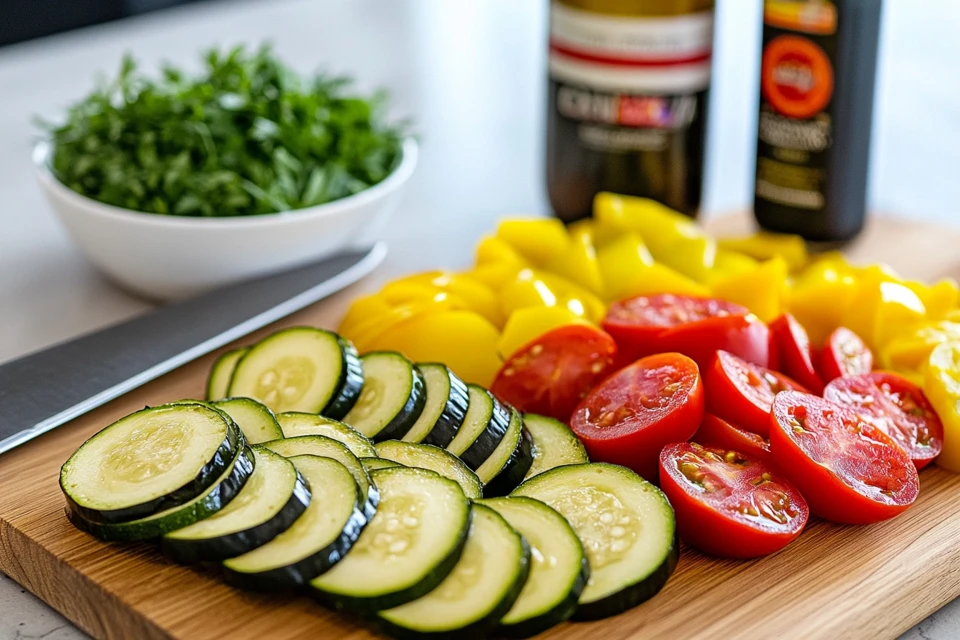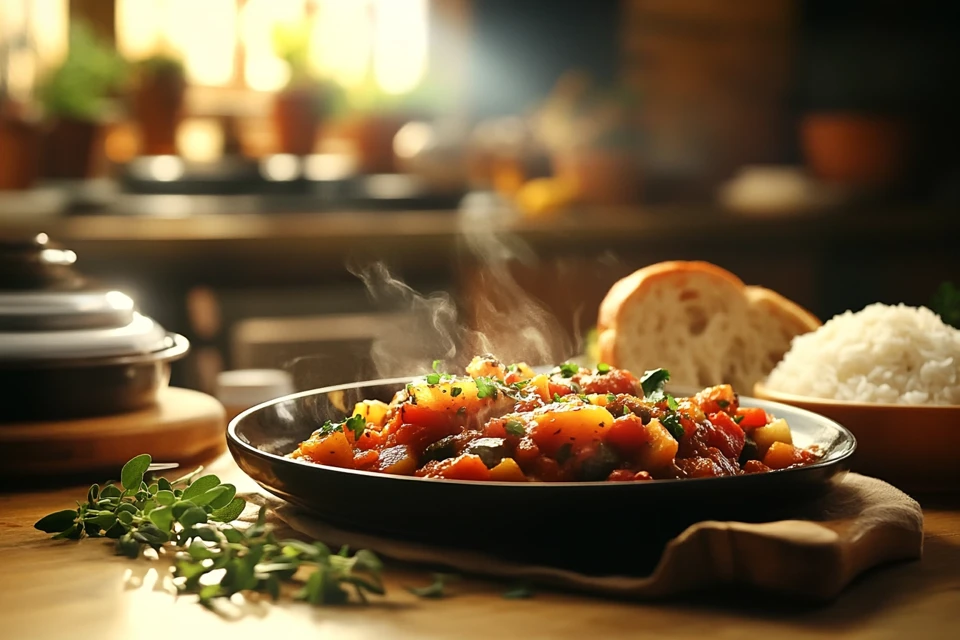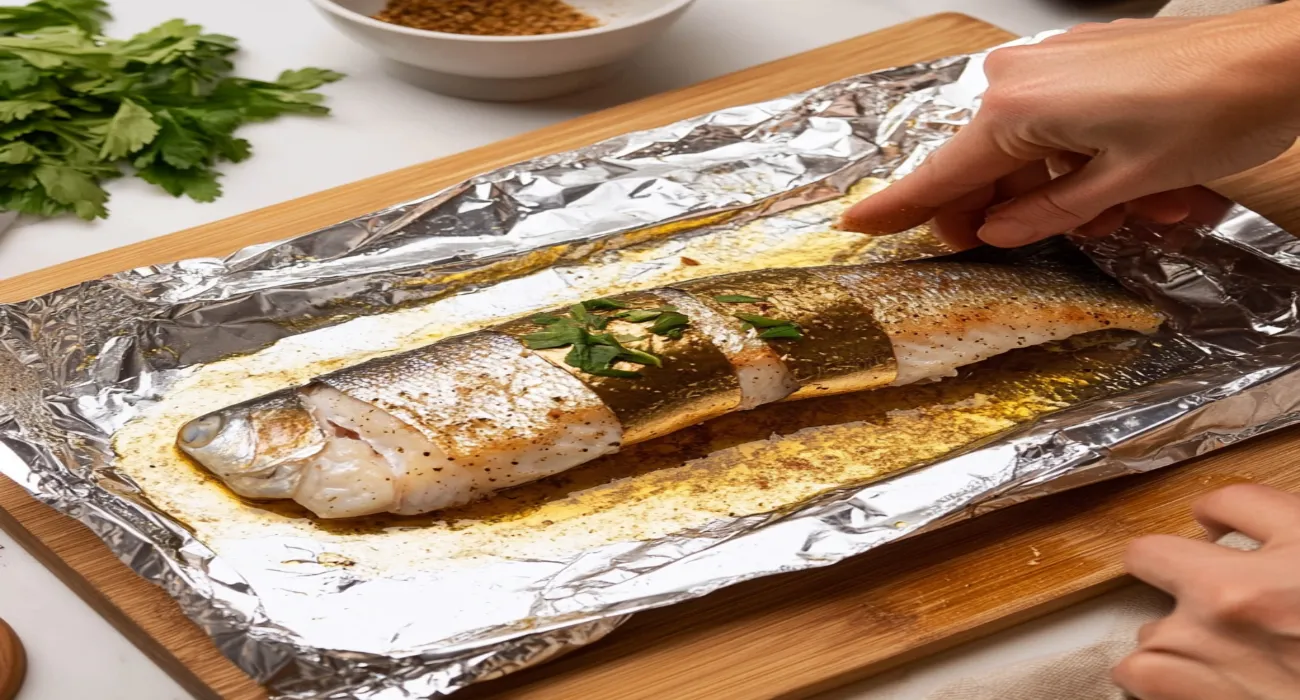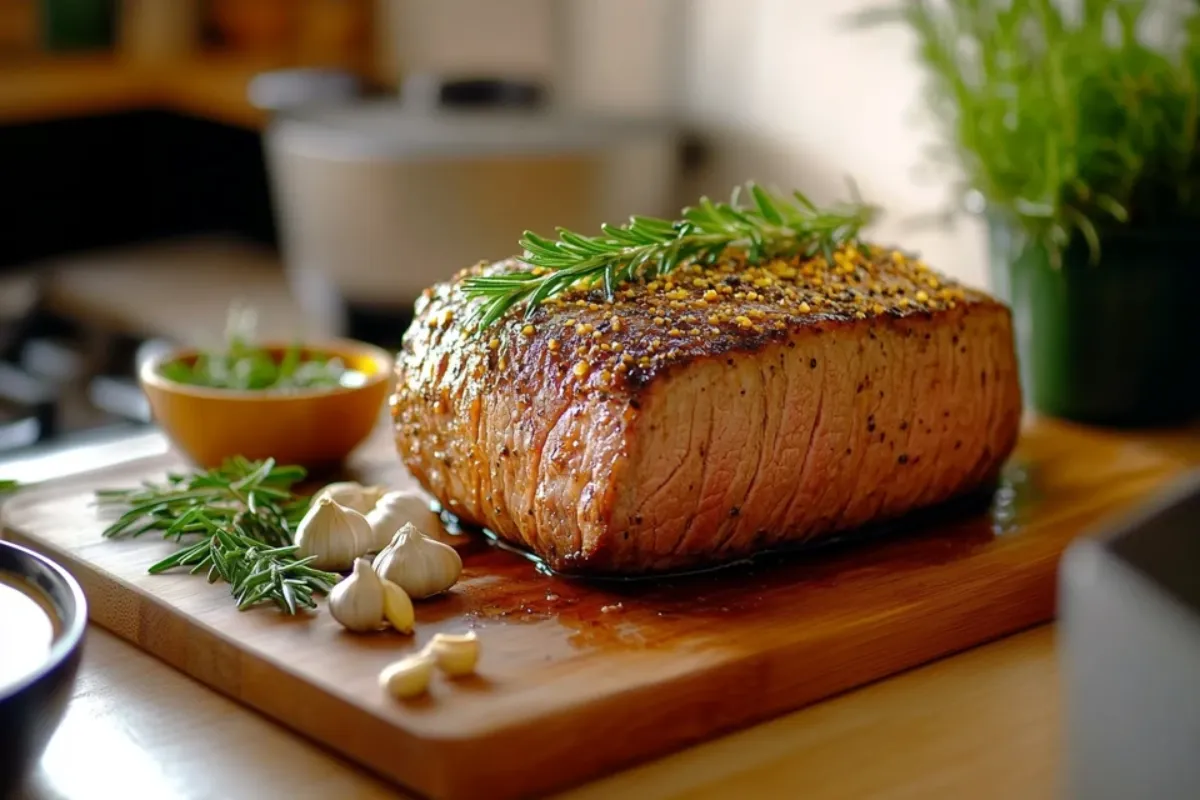When it comes to iconic dishes, ratatouille holds a special place in the culinary world. This traditional Provençal vegetable stew is not just a recipe; it’s a celebration of fresh ingredients, artistry, and culture. But what makes ratatouille special? Is it the blend of Mediterranean flavors, the simplicity of its preparation, or the cultural significance it carries? In this article, we’ll uncover the magic behind this beloved dish, exploring its origins, variations, and why it remains a staple in kitchens worldwide.
Introduction to Ratatouille
Origins and History of Ratatouille
Ratatouille finds its roots in the Provence region of France, where it originated as a rustic dish made by farmers during harvest season. The word “ratatouille” itself is derived from the French verbs ratouiller and tatouiller, meaning “to stir” or “toss.” This reflects the traditional method of preparing the dish, where vegetables are lightly cooked and stirred together.
The dish became popular in the 18th century as a simple yet flavorful way to use up abundant summer vegetables like eggplant, zucchini, bell peppers, and tomatoes. Over time, ratatouille transcended its humble beginnings to become a global symbol of French cuisine.
Traditional Ingredients Used in Ratatouille
At its heart, ratatouille is a dish of fresh, seasonal vegetables. The classic recipe includes:
- Eggplant: Adds a tender, earthy base.
- Zucchini: Provides a light, crisp texture.
- Bell Peppers: Contribute sweetness and a touch of bitterness.
- Tomatoes: The star of the dish, offering juiciness and tang.
- Onion and Garlic: Enhance the dish with their aromatic depth.
- Herbs de Provence: A mix of thyme, rosemary, and oregano, giving the dish its signature fragrance.
The beauty of ratatouille lies in its simplicity. Each vegetable shines individually, yet together they create a harmonious, comforting dish. This interplay of flavors is one reason why ratatouille remains so special.

The Unique Preparation Techniques of Ratatouille
Ratatouille’s charm lies not only in its fresh ingredients but also in the distinctive methods used to prepare it. These techniques enhance the flavors and textures, making the dish truly special.
Traditional Cooking Methods
In Provence, ratatouille is traditionally cooked on the stovetop. This two-step method involves cooking each vegetable in olive oil until tender. Then, all the vegetables are combined and simmered slowly to become soft, melty, and full-flavored. citeturn0search6
This method allows each vegetable to maintain its integrity while contributing to a harmonious blend of flavors. The slow simmering melds the tastes together, creating a comforting and hearty dish.
Modern Variations and Presentations
Modern interpretations of ratatouille often involve creative presentations and ingredient substitutions. Some variations include spiralizing vegetables for a noodle-like texture or adding exotic spices for a fusion twist. citeturn0search15
One notable modern variation is Confit Byaldi, popularized by chef Thomas Keller. This dish features thinly sliced vegetables arranged in a fanned-out pattern and baked slowly, resulting in a visually stunning presentation. citeturn0search24
These contemporary approaches showcase the versatility of ratatouille, allowing it to evolve while retaining the essence of what makes ratatouille special.
Cultural Significance of Ratatouille
Ratatouille holds a cherished place in French cuisine and has garnered global recognition, symbolizing the rich culinary traditions of Provence.
Ratatouille in French Cuisine
Originating as a humble peasant dish, ratatouille embodies the resourcefulness of French farmers who utilized abundant summer vegetables to create a nourishing meal. Its simplicity and reliance on fresh produce reflect the core values of Provençal cooking.
Over time, ratatouille has become a staple in French households and restaurants, celebrated for its rustic charm and wholesome ingredients. It often features in family gatherings and festive occasions, highlighting its enduring appeal.
Global Popularity and Influence
The universal appeal of ratatouille transcends cultural boundaries. Its prominence was further amplified by the 2007 animated film “Ratatouille,” introducing the dish to a worldwide audience and inspiring many to explore French cuisine.
Today, ratatouille is embraced by chefs and home cooks globally, with numerous variations and adaptations appearing in diverse culinary traditions. Its versatility and emphasis on fresh vegetables resonate with contemporary preferences for healthy and sustainable eating.
The cultural significance of ratatouille lies in its ability to connect people through shared culinary experiences, embodying the essence of communal dining and the celebration of seasonal produce.
Nutritional Benefits of Ratatouille
Ratatouille isn’t just a feast for the senses; it’s also a powerhouse of nutrients, making it a wholesome addition to any diet.
Health Benefits of Key Ingredients
Each component of ratatouille contributes unique health benefits:
- Tomatoes: Rich in lycopene, an antioxidant linked to reduced risk of heart disease and cancer. citeturn0search14
- Bell Peppers: High in vitamin C, supporting immune function and skin health.
- Eggplant: Contains dietary fiber, aiding digestion and promoting satiety.
- Zucchini: Low in calories and high in vitamin A, beneficial for vision and immune health.
- Onions and Garlic: Offer anti-inflammatory properties and support cardiovascular health.
Collectively, these vegetables provide a range of vitamins, minerals, and antioxidants that contribute to overall well-being.
Ratatouille as a Vegan and Gluten-Free Option
Ratatouille’s plant-based ingredients make it naturally vegan and gluten-free, catering to various dietary preferences and restrictions.
- Vegan-Friendly: Free from animal products, it’s suitable for those following a vegan lifestyle.
- Gluten-Free: Comprising solely vegetables and herbs, it’s safe for individuals with gluten sensitivities or celiac disease.
This versatility allows ratatouille to be enjoyed by a wide audience, adding to what makes ratatouille special.
Variations of Ratatouille Recipes
Ratatouille’s adaptability has led to numerous variations, each offering a unique twist on the classic dish.
Classic Provençal Ratatouille
The traditional version involves sautéing a medley of vegetables—eggplant, zucchini, bell peppers, onions, and tomatoes—in olive oil, then simmering them with herbs until tender. This method highlights the natural flavors of the vegetables, resulting in a hearty and comforting stew.
Confit Byaldi: A Modern Take
Popularized by chef Thomas Keller, Confit Byaldi is a refined interpretation featuring thinly sliced vegetables arranged in an overlapping pattern and baked slowly. This presentation not only enhances the visual appeal but also allows the flavors to meld beautifully, offering a delicate and flavorful experience.
These variations showcase the dish’s flexibility and enduring appeal, further illustrating what makes ratatouille special.

Serving Suggestions and Pairings
One of the reasons what makes ratatouille special is its versatility in how it can be served and paired. Whether it’s a main dish or a side, ratatouille complements a wide variety of flavors and meals.
Complementary Side Dishes
Ratatouille’s rich, vegetable-forward profile pairs wonderfully with simple, hearty sides:
- Crusty Bread: Use freshly baked baguettes or ciabatta to soak up the flavorful juices of the ratatouille.
- Steamed Rice or Quinoa: These neutral grains balance the bold flavors and add a satisfying texture.
- Mashed Potatoes: The creamy, buttery consistency of mashed potatoes enhances the stew-like nature of ratatouille.
Beverage Options
Ratatouille’s bright, herbaceous flavors are best complemented by refreshing drinks:
- Non-Alcoholic Options: Sparkling water with a hint of lemon or iced herbal teas make excellent pairings for lighter meals.
- Hot Beverages: A light green or chamomile tea works well with the dish’s earthy tones.
These simple yet thoughtful accompaniments ensure that ratatouille shines on the table, no matter the occasion.
Ratatouille in Popular Culture
Ratatouille’s cultural impact extends far beyond its role as a culinary staple, making it a dish loved by audiences worldwide.
Impact of the Film “Ratatouille”
The 2007 animated film Ratatouille played a significant role in popularizing the dish globally. The story of Remy, a rat with dreams of becoming a chef, highlighted the beauty of French cooking and showcased ratatouille as a symbol of creativity and passion.
- The film’s depiction of Confit Byaldi, a modern twist on ratatouille, inspired many to replicate the dish at home.
- It also underscored the dish’s humble origins while celebrating its potential for elegance, reinforcing what makes ratatouille special.
Ratatouille’s Role in Culinary Arts
Ratatouille has become a celebrated dish in professional kitchens and home cooking alike. Its simplicity allows chefs to innovate while staying true to its roots.
- Culinary schools often feature ratatouille as a lesson in balancing flavors and highlighting fresh ingredients.
- Its adaptability makes it a common feature in vegetarian and vegan menus worldwide.
Ratatouille’s presence in popular culture and the culinary world underscores its timeless appeal and versatility, cementing its status as an iconic dish.
Part 8: FAQs about Ratatouille
Answering common questions about what makes ratatouille special helps to deepen our understanding of this beloved dish. Here are some frequently asked questions:
What Is the Ratatouille Trick?
The “ratatouille trick” often refers to the method of layering thinly sliced vegetables, as seen in the modern Confit Byaldi version. This technique not only enhances the visual appeal but also ensures even cooking and a delightful blend of flavors. The trick lies in using a mandoline slicer for uniform slices and arranging them in a circular pattern for a stunning presentation.
How to Make the Perfect Ratatouille in Disney Dreamlight Valley?
In Disney Dreamlight Valley, ratatouille is recreated as a five-star dish by combining the following ingredients: tomato, eggplant, zucchini, onion, and herbs. The simplicity of this recipe mirrors the essence of the classic dish, emphasizing fresh vegetables and straightforward preparation. The game highlights the beauty of using wholesome ingredients to create something magical, much like the traditional recipe.
What Makes Ratatouille Special?
Ratatouille stands out due to its unique combination of fresh vegetables, aromatic herbs, and versatility. It adapts to different cooking methods, dietary preferences, and presentations, making it a dish that feels both humble and sophisticated. Its cultural significance, health benefits, and ability to connect people through food truly make ratatouille special.
What Is the Deeper Meaning of Ratatouille?
Ratatouille embodies themes of simplicity, creativity, and inclusivity. As highlighted in the animated film, it shows that great cooking can come from unexpected places and that food has the power to bring people together. Its deeper meaning lies in celebrating authenticity, whether in the ingredients used or the hands that prepare it.
Conclusion
Summary of Ratatouille’s Special Qualities
Ratatouille is more than just a vegetable stew; it’s a celebration of fresh, seasonal produce, culinary artistry, and cultural heritage. What makes ratatouille special is its ability to transform humble ingredients into a dish that’s flavorful, nutritious, and visually stunning. Whether it’s the traditional Provençal version or a modern take, ratatouille has something to offer for every palate and occasion.
Encouragement to Explore and Prepare Ratatouille
From its rustic origins to its modern interpretations, ratatouille invites creativity and experimentation. Try the classic recipe or create your own variation, using whatever vegetables you have on hand. Share it with friends and family to experience the communal joy that this iconic dish inspires.
For more recipes and inspiration, visit our Traditional French Ratatouille Recipe. Let the magic of ratatouille transform your table and your culinary journey!

